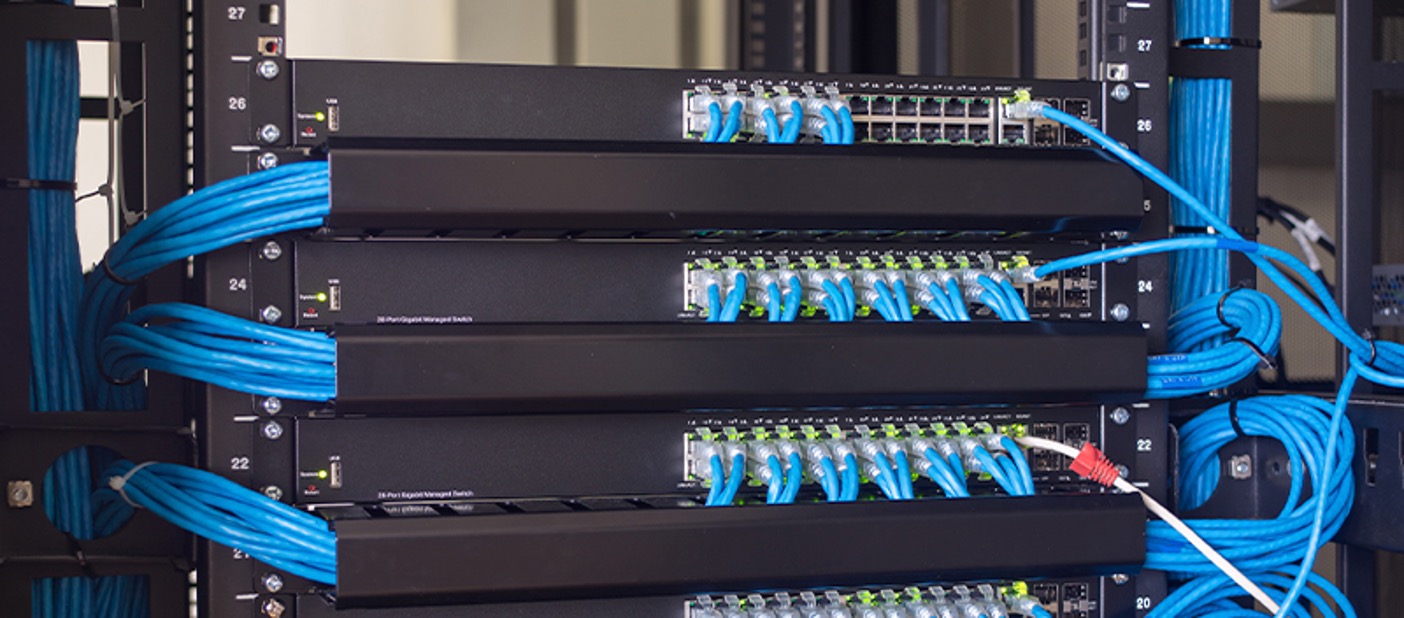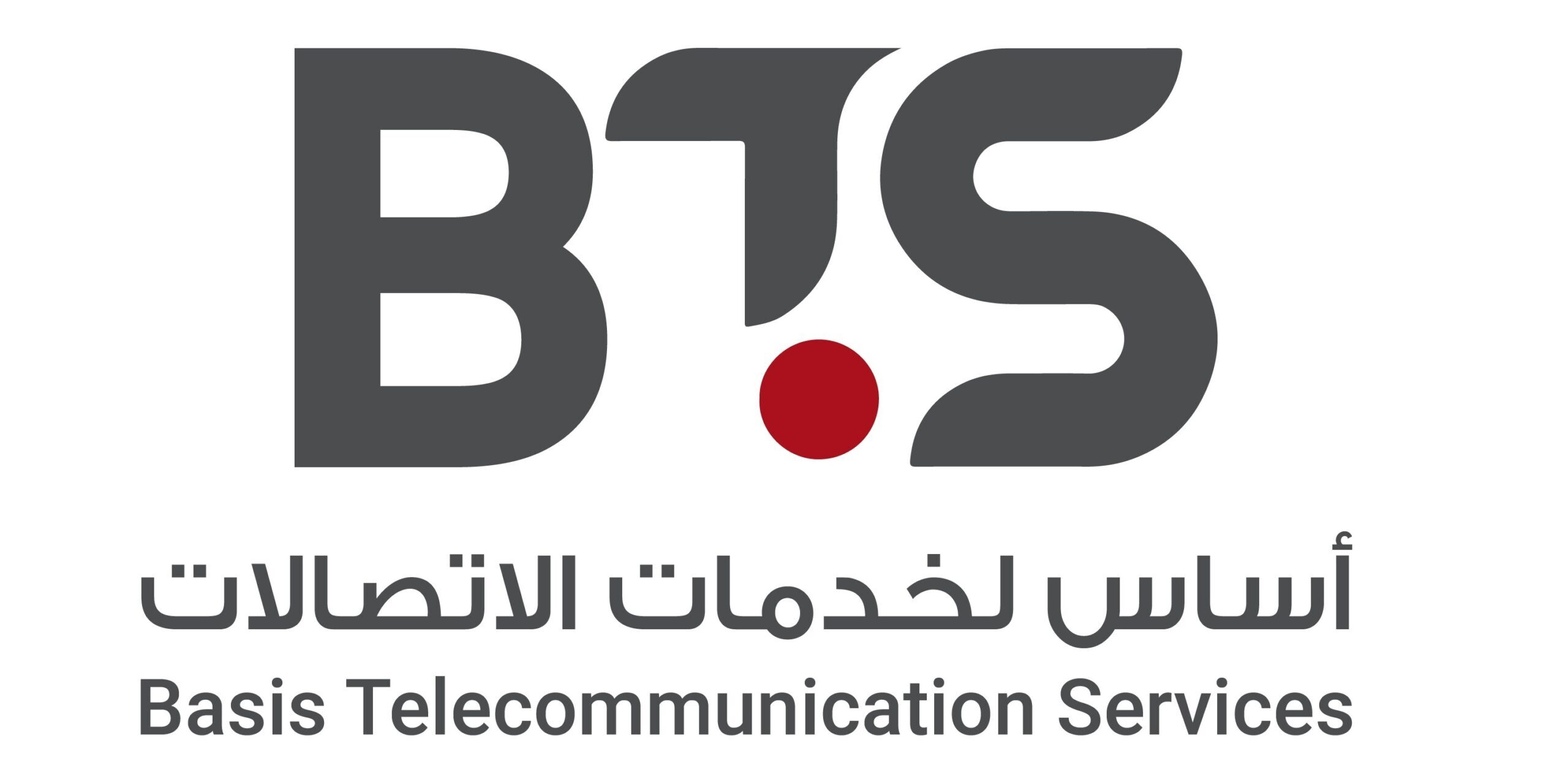Structured Cabling
Structured cabling is a standardized approach to designing and installing a flexible and organized cabling infrastructure that supports various hardware uses and communication systems. Here are some key aspects
- Quality
- Accuracy
- Safety
- Reliance


Components of Structured Cabling
- CablesTypically includes copper (Cat 5e, Cat 6) and fiber optic cables for data transmission
- Patch PanelsCentral connection points that organize and manage cable connections
- Racks and CabinetsSecurely house network equipment like switches, routers, and servers
- Outlets and FaceplatesProvide access points for connecting devices to the network
- Patch CordsUsed to establish temporary connections between devices and the structured cabling system
- Cable ManagementSolutions like cable trays and ties to organize and protect cables
